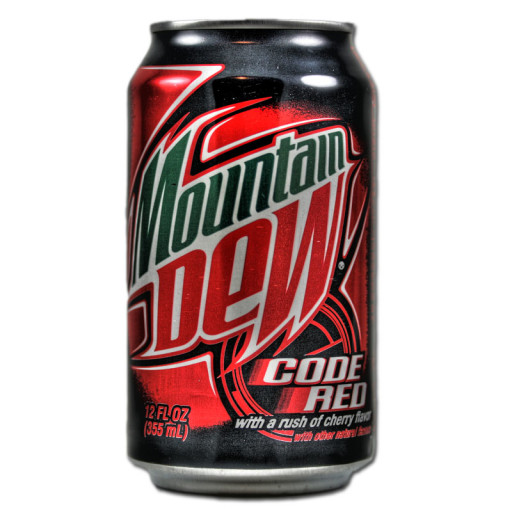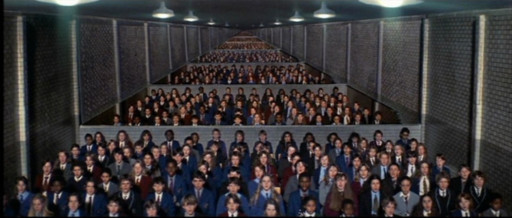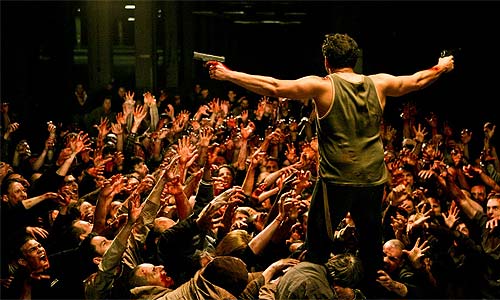AHHH! Zombies!
At the time of writing this article, there were currently 580 items tagged under the Zombies category on BoardGameGeek. Just for a little comparison, that’s 67% more Zombie games than Cthulhu games (~190 tagged) and 80% more than vampire games (~120 tagged). That’s…well, a lot of zombies. And they just keep coming (because they’re zombies). Zombie games make up approximately 40% of the horror game genre as a whole. Of those 580 items, 80 of them had a release date in 2014. 132 of them came out in 2013. 2015 is still ongoing.
At this stage, many gamers have begun to ask themselves…why? Why, oh merciless Ancient Ones, why? Why must we fend off hordes of zombie games at every con? Why must we watch as our favorites are eaten alive and re-skinned in the flesh of the undead? Why?
Obviously, the primary reason is the potential for zombie puns.
If you look a little deeper, though, the unfortunate answer is that zombie games are popular because we want them to be.
The Analogy
Zombies speak to us as humans, and particularly as gamers. The typical zombie arc of the skilled, desperate few battling swarms of mindless conformity – tell me that isn’t how every nerd describes their life at some point. We pride ourselves on being a little different, a little better – we’re more thoughtful, more intelligent, more competent than the masses. We’re better than the horde.
This kind of thinking isn’t unique to gamers, of course. The first recorded zombies appear in ancient Mesopotamia in the Epic of Gilgamesh, but the concept of the modern zombie stems primarily from the voodoo shamans of Haitian folklore. They used digitalis to place individuals into a coma-esque trance. The victims would appear dead, but then would be spotted weeks later working for the wealthy. The families assumed them to be nzambi (“spirit of the dead”).
Modern zombie lore has evolved a bit – and only a bit – since then, mostly due to the emergence of cinema. In his article “Raising the Dead,” Professor Kyle Bishop says: “The zombie genre does not exist prior to the film age because of its essentially visual nature; zombies do not think or speak — they simply act, relying on purely physical manifestations of terror.”
The Myth’s Beginnings
While the first proper zombie film dates back to 1932, George Romero’s 1968 Night of the Living Dead shifted the genre toward its current trajectory. In the words of Simon Pegg, director and star of Shaun of the Dead, “Romero adopted the Haitian zombie and combined it with notions of cannibalism, as well as the viral communicability characterized by the vampire and werewolf myths, and so created the modern zombie.” The years since 1968 have seen countless zombie flicks spanning every possible style, from the comedic Shaun of the Dead to the action-packed Dawn of the Dead to the rom-com Warm Bodies.
The first zombie board game, a Dawn of the Dead spin off, wasn’t published until 1978. This is eighteen years before Capcom’s Resident Evil, frequently cited as one of the most influential zombie video games, was released in 1996. Dawn of the Dead came out seventeen years before Settlers of Catan and only four years after Dungeons & Dragons. Since then, zombies have become a staple of the gamer diet, from the classic tile-laying shoot-em-up Zombies!!! to the critical hit Dead of Winter.
Mechanically, zombies mesh with tabletop strategy. It doesn’t hurt that they’re slow, thematically supporting the turn-based structure of most tactical board games. It’s not a stretch to believe that the zombie will only move as fast as the player characters, or that it will move even slower. This doesn’t take into account running zombies, of course – an evolution that Pegg calls a “bastardization” that “diminishes a classic movie monster.”
Pegg has some serious zed feels.
Intelligence of the Zombie Variety
More importantly, though, zombies are predictable, which means that creating simple AI rules for them isn’t a problem. Whereas vampires, even traditional Dracula-esque bat men, are capable of enacting long-term plans and making complex maneuvers, zombies shamble aimlessly until they encounter food. They then pursue that food, even when doing so causes them harm. There are no contingencies for zombies that are injured because the zombies don’t care. They’ll keep coming until finally, truly dead. The rules for zombie movement in Zombies!!!!, for instance, are to roll a die and move that number of zombies one space. It’s a remarkably simple AI, and it doesn’t break immersion.
Thematically, zombies appeal because of what they represent. When Romero was writing the screenplay for Night of the Living Dead, he drew on “a good deal of anger, mostly that the Sixties didn’t work.” Zombies symbolize mindless conformity, the same plague our culture rails against and simultaneously enacts each day. It’s not a coincidence that Romero’s sequel, Dawn of the Dead, saw the zombies roaming a shopping mall. The modern zombie mythos is our mythos. It amplifies the insatiable consumerism of modern culture and reflects it back, giving us a chance to fight and, if only for a time, win.
Fear Of The Future
It’s not just the steady inevitability of a zombie horde that frightens us, though. Along with showing us the foibles of our current culture, zombie apocalypses offer a nightmarish variant of our future. As Max Brooks, author of World War Z, puts it: “I think a lot of people think the system is breaking down and just like the 1970s, people need a ‘safe place’ to explore their apocalyptic worries. . .Zombie stories give people the opportunity to witness the end of the world they’ve been secretly wondering about while, at the same time, allowing themselves to sleep at night because the catalyst of that end is fictional.” It’s not a coincidence that there are more post-apoc games now than ever before, and that many of them are zombie-related. With the collapse of financial institutions around the globe over the last decade and an increasing sense of malaise, picturing the end of the world as we know it isn’t as difficult as it used to be.
Perhaps unfortunately, that also means that zombies – and zombie games – aren’t likely to be going anywhere soon. As long as they continue to reflect a symbolized version of our real-world fears, they’re going to stick around. After all, it’s incredibly hard to truly kill the undead.
You can also reach us social media, including Twitter and BoardGameGeek.
Photo Credits: ZombieGift logo by ZombieGift; Tablet of Gilgamesh from The British Museum; Mountain Dew Code Red by PepsiCo; Pink Floyd’s The Wall by MGM Studios; La Horde from Capture the Flag Films





